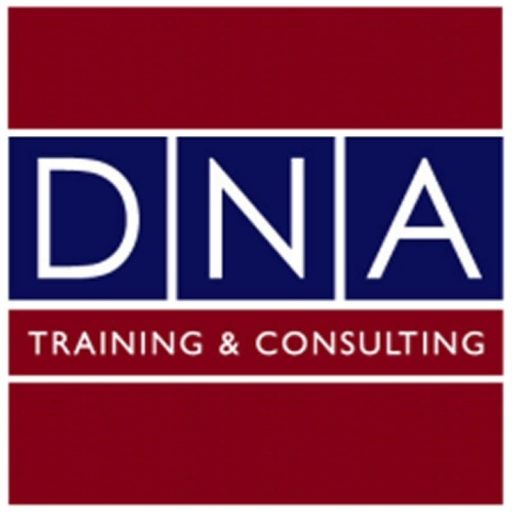This workshop is for experienced professionals who need to learn how companies perform through the credit life cycle, and how a lack of liquidity and financial flexibility can impact a company’s creditworthiness and bring about a credit crisis. Beginning with a detailed examination of how to calculate advanced measures of liquidity and debt capacity, the workshop progresses to a series of case studies that illustrate vividly the workout process for troubled situations, including the use of asset sales, cost cuts, and general restructuring concepts that constitute the underpinnings of a turnaround situation. Along the way the workshop emphasizes the importance of ratio and cash flow analysis, profitability measures, competition and industry cyclicality, early warning signals, inter-creditor priority issues and bankruptcy principles, and entity capital structure.
To attend this workshop delegates must be able to read and interpret commercial and industrial company financial statements, be familiar with GAAP (including preferably US and international GAAP), have the ability to calculate basic profitability, coverage and leverage ratios, and define cash flow measures from operating, investment and financing activities.
The workshop seeks to make the key concepts concrete, immediate and practical by using examples drawn from real industries, companies and transactions, including frequent in-class exercises in which delegates work in small groups to prepare and complete the assignments. There will be an additional 1-2 hours of preparation work each evening, for which the instructor will be available to assist delegates.
Introduction
-
Introductions: instructor and participants
-
Objectives: learning goals
-
Process: schedule, assignment, participation
Master case exercise: Xerox Corporation
-
Describe Xerox’s businesses, operating performance, financial condition
-
Discuss in class
The credit life cycle
-
Stability
-
Difficulty and distress
-
Default and recovery
Case exercise: Polaroid Corporation
-
Analyze the transition from stability to difficulty, distress, and default
-
Discuss in class
Performance drivers in stability
-
Demand: drivers of sales growth
-
Competitive position: drivers of market share
-
Strategy: plans for growth
Performance drivers in difficulty
-
Cyclicality: business and industry cycles
-
Seasonality: the annual operating cycle
-
Competition: the five forces
Master case exercise: Xerox Corporation
-
Describe Xerox’s performance drivers
-
Discuss in class
Financial measures: ratios
-
Profitability and coverage measures
-
Leverage measures
-
Cross-checks and trend analysis
Master case exercise: Xerox Corporation
-
Calculate Xerox’s adjusted profitability, coverage and leverage ratios
-
Discuss in class
Financial measures: cash flow
-
Sources of cash: internal and external
-
Uses of cash: business strategy, financial strategy
-
Measures: free cash flow, internal cash flow, EBITDA
Master case exercise: Xerox Corporation
-
Calculate Xerox’s free cash flow and internal cash flow
-
Discuss in class
Capital structure and debt capacity
-
Cash available for debt repayment: free cash flow
-
Target capital structure: cost, rating, industry norms
-
Refinancing: debt maturity profile, capital market access
Master case exercise: Xerox Corporation
-
Evaluate Xerox’s debt capacity
-
Discuss in class
Liquidity
-
Uses: business needs, debt maturities, contingencies
-
Internal sources: cash conversion, cash reserves
-
External sources: bank lines, capital markets
Flexibility
-
Debt market access: short-term and intermediate-term
-
Downgrades: ratings and market access
-
Defaults: covenants and market access
Case study: Dynegy
-
Analyze Dynegy’s liquidity and flexibility
-
Discuss in class
Management analysis
-
Strategy: direction and balance
-
Performance: actual v. plan, special challenges
-
Integrity: reporting, controls
Mini case study: ABB Ltd.
-
Analyze ABB’s management
-
Discuss in class
Performance drivers in distress
-
Event risk: acquisitions, restructurings, devaluations
-
Financial fraud: income and liability games
-
Early warning signs: operating results and financial condition
Master case exercise: Xerox Corporation
-
Evaluate Xerox’s liquidity and flexibility
-
Discuss in class
Turnaround plans
-
Liquidity: cash reserves, borrowing capacity
-
Long-term funds: asset sales, cost cuts
-
Strategic change: refocus, sell out
Master case exercise: Xerox Corporation
-
Evaluate Xerox’s turnaround plan
-
Discuss in class
Intercreditor priority and position risk
-
Priority: recoveries in default
-
Seniority: secured and unsecured
-
Subordination: contractual, structural, and effective
Debt restructurings
-
Waivers and amendments
-
Intercreditor issues
-
Managing the restructuring process
Master case exercise: Xerox Corporation
-
Evaluate Xerox’s debt priority structure
-
Discuss in class
Seminar Conclusion
-
Summary of key concepts
-
Resources for further study

